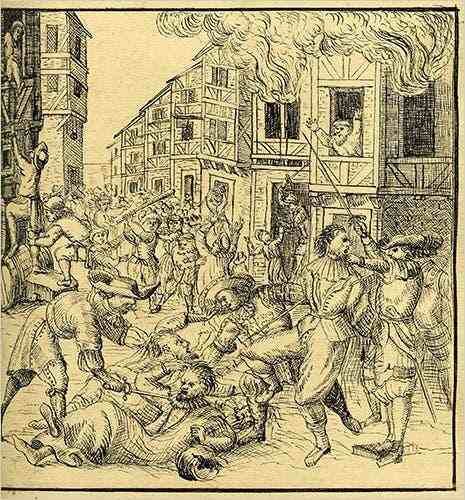On April 6, 2020, Subroto Bagchi, chief spokesperson of the Odisha government for COVID-19 pandemic, warned in his daily briefing that the communal virus was more dangerous than the coronavirus. He was referring to the concerns in the government to the spewing of hate at Muslims and their stigmatization because of the Tablighi Jamaat congregation in New Delhi, which led to the big spike in positive cases across the country. There was also a conspiracy theory doing the rounds that they did it deliberately as a suicide mission.
History tells that this is hardly surprising because every pandemic leads to persecution of already vulnerable and marginalized communities. Fear and panic brings existing suspicions and racial prejudices to the fore and it often manifests itself in devastating ways. This has often been linked to religion in the case of infectious diseases that are always the cause of pandemics. Therefore, in the 19th century, Europeans blamed the Puri Rath Yatra for being the original super spreader of the cholera pandemic within India, from where it went to Mecca and from there to the rest of world.
Also Read: Pandemics In History 1: ‘Shipping’ The Virus
Also Read: Pandemics In History 2: Rats And The Plague
Religious congregations were blamed because they brought in travellers in the category of pilgrims. Pilgrims like transmigrants, gypsies and itinerant people were always targeted as contagion bearers. The British colonial state like much of Europe was paranoid about people, who were not fixed to a place and who, therefore, they could not control. This led to demonization of the tribes that were called “criminal tribes.” But the pilgrims and gypsies were seen as contagion bearers though Europeans, who travelled for trade and brought the contagion, were not stigmatized.
Also Read: Pandemics In History 3: From Rats To Bats
Also Read: Pandemics In History 4: A Tale Of Two Countries
Although quarantine measures were established in the 14th century during the Black Death for trading ships that brought in the plague, it is the Jews and heretics, who were blamed for the pandemic. Of course at that time, they did not understand the biology of the disease, and believed that the Black Death was a kind of divine punishment — retribution for sins against God. By this logic, the only way to overcome the plague was to win God’s forgiveness. Some people believed that the way to do this was to purge their communities of heretics and other troublemakers. Therefore, many thousands of Jews were massacred in 1348 and 1349. Along with the Jews, heretics and lepers were also blamed for the plague. Other marginalised groups such as beggars and prostitutes were also expelled from towns. The notorious Salem Witch trials in the US, were an import from Europe, where witches had also been blamed for the plague.

Photo courtesy: https://www.nytimes.com/2009/09/01/health/01plague.html
There was also a huge rumour of an international conspiracy of the Jews to poison the Christians by poisoning the wells and food supplies. Jews were arrested and confessed to the crime under torture to avoid further torture. This happened all over Switzerland and Germany. As a result, thousands of Jews in at least 200 towns and villages were butchered and burnt to death. Hitler merely repeated a solution that had been tried out during the plague pandemic.
Also Read: Pandemics In History 5: India & Pandemics
The pandemic-hate nexus continued till the early 20th century when the causes of many of these pandemics were discovered scientifically. Till then, it had always been assumed that certain categories of people were the bearers of contagion like the Jews for the plague, Hindu and Muslim pilgrims for cholera and the poor Indian for the Bombay plague in 1896, which is why their clothes were burnt and their houses broken.
But then, even in the 21st century, with all the scientific advancements, as we have just emerged from the fear posed by the Tablighis to another fear of migrant workers returning home, we do not seem to have changed much. As Adam Kucharski, in his new book, The Rules of Contagion (2020), says, “We need to be careful of the two things that are most contagious – disease and prejudice.”
Also Read: Pandemics In History 6: Pandemonium In Puri


